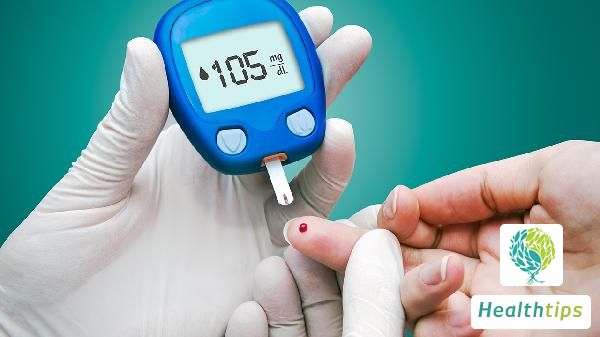Five Warning Signs of Early Colon Cancer: What Should You Look Out For?
Colon cancer is a common malignant disease clinically. Some symptoms of colon cancer are very similar to those of anorectal diseases. Therefore, many people tend to mistake colon cancer for anorectal diseases when they experience the symptoms of colon cancer. This is mainly because the early symptoms of colon cancer are not obvious. However, once these symptoms similar to anorectal diseases appear, attention should be paid, as they may be related to cancer. So, what are the five early signs of colon cancer? 1. Altered bowel habits: More commonly seen are increased bowel movements or frequent bowel movements without stool excretion, which is called pseudo-diarrhea. Sometimes it can be constipation, and sometimes constipation and diarrhea alternate, accompanied by anal discomfort or a sensation of anal sagging. 2. Blood in stool: The early sign of colon cancer is temporarily bright red blood. If not treated in time in the later stage, the blood will turn dark red and viscous. The amount is generally small, either bright red or slightly dark red, accompanying the stool or after bowel movements. Sometimes, it is intermittent hematochezia, but there are also cases of massive hematochezia, often accompanied by mucus. When the blood in stool is mild, only a positive occult blood test is seen, while when it is severe, mucus and blood in stool, mucus and pus in stool, or pure blood in stool may be observed. 3. Altered stool shape: Abnormal stool shape varies depending on the type of lesion in rectal cancer. It can be ribbon-like, thin rod-like, or concave and transverse, frozen or watery. 4. Tenesmus: When rectal cancer leads to frequent bowel movements, it is often accompanied by a sense of urgency and incomplete evacuation. Sometimes, bowel movements are difficult, and the stool may contain blood, mucus, and a strong odor. 5. Abdominal and anal pain: Half of the patients with rectal cancer often have bowel sounds, abdominal pain, and abdominal distension. In the early stage, patients commonly experience intermittent dull pain in the lower left abdomen, which may become persistent and worsened in the late stage. If the tumor is located in the anal canal within 3 centimeters of the anus, it may manifest as anal pain.




















